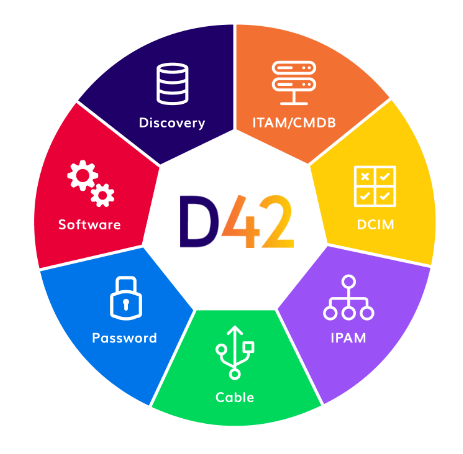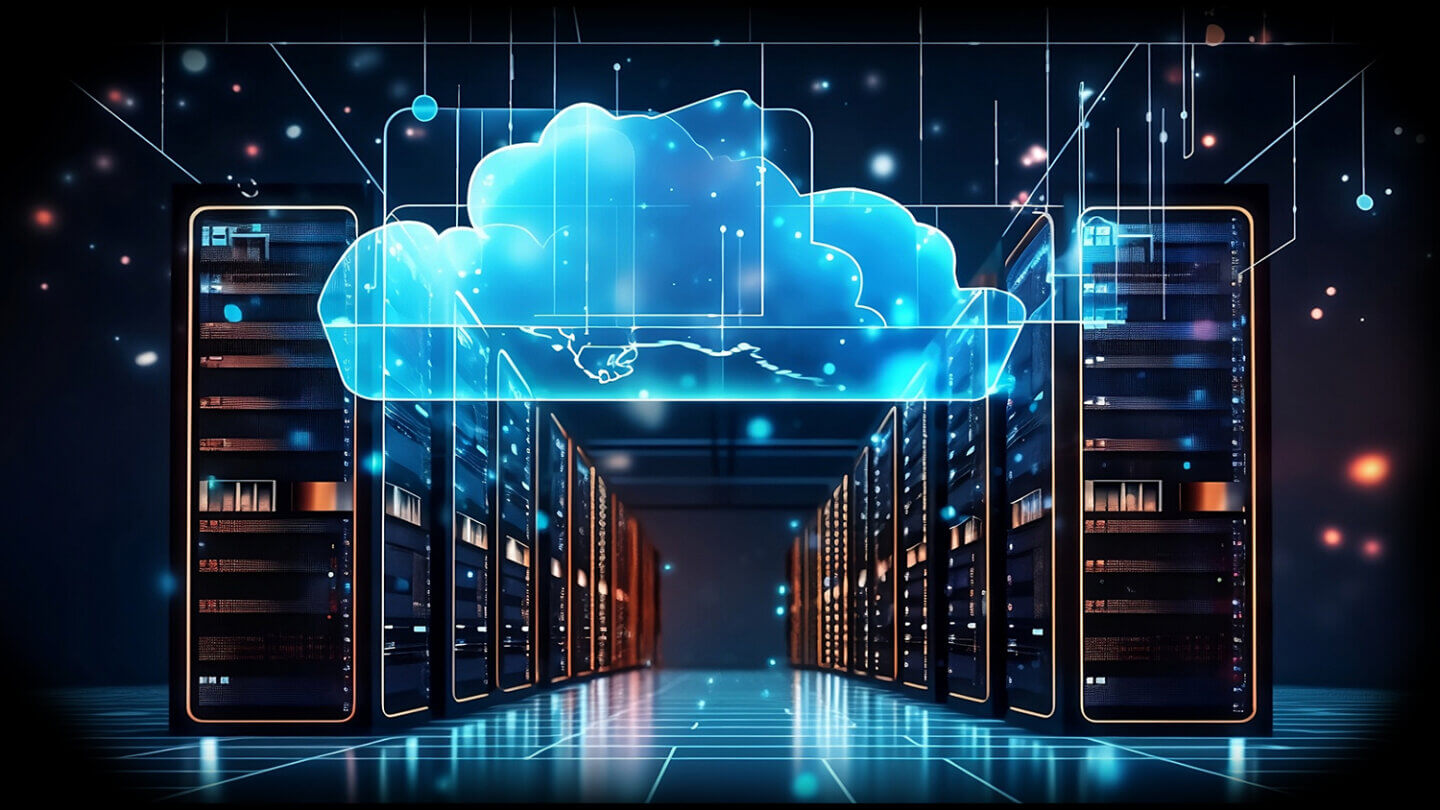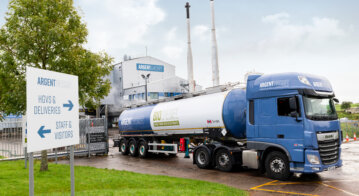Not having a holistic view of all IT assets across the entire technology stack used to be a problem only for certain functions of IT departments. But as more business processes depend on more technology, holistic visibility is becoming the foundation for doing anything in IT. Almost all business operations depend significantly on IT Service Management systems, but in a world where hybrid cloud, edge computing, and XaaS are the veins and arteries of the organization, a new generation of CMDB (configuration management database) systems is required as a basis on which critical business decisions can be made.

Source: Device42
To ensure that IT facilities fully support business-led decisions, a holistic view of technology’s infrastructure today must be extremely comprehensive and accurately represent the actual environment. The complexities and dynamic state of the modern IT stack and its elasticity mean that static databases are insufficient. Additionally, dependencies between applications, systems and services from across different cloud providers to on-premise clusters must be aligned and well represented,. Finally, a relatively simple change can have unexpected results elsewhere in the interconnected chain of inter-operating platforms, impact of change must be visible in near real-time. Having these in place, only then can you make strategic decisions.
Canonical asset records
A CMDB’s records must encompass every aspect of IT assets, from core count, memory, and network address to connections between facilities on- and off-site, cloud provisions, and details of edge installations. Microservices especially require constant oversight, with pods spinning up and being taken down based on automated decisions. There’s a critical need for canonical records, and in 2024, where decisions impact IT, a reliable and intuitive data set is required – one that can be sliced, diced, and parsed according to need.
Without records and a full understanding of the collected data, it’s impossible to accurately gauge the cost of current operations on a per-project basis, and even slower decisions like equipment or service refresh/replacement cadences could easily be based on false information. The implications of change management can only be partly modeled by development teams and manual testers, and the far-reaching effects of any significant change might only be guessed at.
Seeing the picture
Raw data is often less useful than many assume. Base statistics and system specifications are only helpful if they are presented to decision-makers in understandable ways from a business perspective. The organization can easily mis-step its change management processes by missing key information during planning, for example, and it’s difficult to collaborate with line-of-business experts without ingestible information presented appropriately. Multiple dependencies make even small changes a threat to uptime, and without data records that reflect changes in system use over time, it’s easy to make incorrect assumptions about what’s possible and which choices will yield the best outcomes.
CMDB systems need to enable collaboration between all business (and IT) stakeholders. With operational staff and, for instance, cybersecurity professionals working from the same page, the requirements of each stakeholder can be met with surety of performance and outcomes. The collected data on every aspect of infrastructure can be leveraged to model possible outcomes – a method in common use in manufacturing and engineering industries, where digital twins of IIoT and machinery are becoming the norm.
Keeping it legal
With an increased number of legislative rafts affecting data types, their storage and distribution, it’s easy to fall foul of local and international governance when an enterprise runs on a highly complex topology. Improperly treated or stored information may jeopardize the organization, with PR fallout or costly fines as the outcome.
Today’s configuration management platforms have evolved to encompass knowledge of the different strictures placed by governments and intra-governmental bodies like the EU. Issues can be flagged before they arise, and automated systems can create responses and even file requests for information from governing bodies. Instead of committing dedicated resources to governance details, the existing data of a CMDB can save on resources and significantly lower the costs of staying legal.
With the change of statutory compliance soon to include what could effectively be ‘green taxes’ levied on high-power users of fossil-fuel electricity, the ability to audit and comply in scaling environments becomes deeply challenging without the right tools. Making the right decisions now to put everything in place for tomorrow’s strategic changes allows organizations to remain a step ahead.
Remediation
The flagging of issues, in itself, may not be of practical use in many instances. CMDB solutions have to be able to pinpoint the root cause of problems and predict, often using AIs trained on existing data, where bottlenecks or consequences to change may appear. By using intelligent algorithms, organizations can pinpoint the root causes of an issue (or potential issue), either to address a problem or allocate resources to systems proactively as part of the change management processes.
That means fewer large meetings where different stakeholders and IT functions argue about possible causes of emerging issues. Instead of investigating a problem, pinpointed sources of problems can be quickly addressed, saving skilled staff time and enabling IT professionals to concentrate on bringing value to the company.

Source: Device42
Less downtime and better performance overall mean the company and its customers benefit. In a time where CX can negatively affect a business’s bottom line, ensuring five-nines performance is a key differentiator, especially in competitive markets.
The choice platform
Of the newer generations of configuration management systems seen over the years, products have evolved and adapted. As cloud and hybrid became commonplace, for example, pure-play agent-based solutions became less effective. As companies grew to enterprise scale and transitioned from Windows Servers on bare metal to cloud-hosted Linux clusters, they outgrew simple audit tools.
Indeed, Device42 has one of the fastest time-to-value metrics on the market. It has the broadest coverage of asset types, from obscure legacy Android instances in IoT, to Kubernetes containers and multi-cloud API management systems. Device42 is the mature product with a forward-looking approach to emerging technology, ideal for any company committed to scaling and changing according to market conditions.
To learn more about Device42 and the solutions that make business sense, contact a representative today.








